
In the vast and ever-evolving landscape of artistic pursuits, some passions emerge not just as hobbies, but as profound journeys of discovery and personal transformation. For Sir Elton John, a name synonymous with musical genius and philanthropic endeavors, this transformative journey found its canvas in the world of photography. Alongside his husband, David Furnish, John has amassed a photography collection that is not merely extensive in its scale, but deeply nuanced in its curatorial vision, reflecting a ‘personal taste and unique eye’ that rivals even the most seasoned museum professionals.
This isn’t just a collection of pretty pictures; it’s a testament to a life lived, a story told through the captivating power of the lens. From vintage masters to contemporary trailblazers, the photographs adorning the walls of their homes across three countries are much more than mere decor; they are pieces of a narrative, a reflection of human experience, struggle, beauty, and resilience. This remarkable passion, a ‘healthier addiction’ as John himself describes it, has now culminated in major public exhibitions, inviting the world to witness the extraordinary scope and intimate connections embedded within their carefully curated vault.
The Victoria & Albert Museum in London, a revered institution, is currently hosting ‘Fragile Beauty: Photographs from the Sir Elton John and David Furnish Collection,’ an exhibition that offers an unprecedented voyage through 20th and 21st-century photography. This isn’t merely an exhibition; it’s an immersive experience, a meticulously crafted narrative that reveals the couple’s discerning eye and profound engagement with the medium. Through this deep dive, we uncover not just the technical brilliance of the images, but the powerful stories they tell, and the personal resonance they hold for two of the art world’s most passionate patrons.

1. **The Genesis of a Passion: From Addiction to Art**
The genesis of Sir Elton John’s profound engagement with photography is a compelling narrative rooted in personal transformation and a quest for healthier outlets. It was in 1990, following a period of intensive rehabilitation for cocaine use, that John discovered this ‘much healthier addiction.’ This pivotal moment marked a significant shift in his life, redirecting his immense energy and discerning eye towards a new, enriching pursuit that would eventually define a significant aspect of his legacy.
While staying in the serene confines of a chateau in the South of France, a serendipitous encounter with an LA gallery owner opened a new world. The gallery owner presented John with a carefully selected array of prints by renowned photographers such as Herb Ritts, Horst, and Irving Penn. This initial exposure, viewed ‘with his fresh, sober eyes,’ as recounted by Newell Harbin, the director of John and Furnish’s collection, was revelatory. It was as if a veil had been lifted, allowing him to perceive the intricate beauty and profound narratives encapsulated within each photographic frame.
John himself articulated this shift with striking clarity: ‘It’s a much healthier addiction to buy photographs, so I just switched…photography became this incredible companion. It went hand in hand with my sobriety.’ This sentiment underscores the therapeutic and stabilizing role that collecting played in his life. Photography was not merely an aesthetic indulgence; it became a bedrock of his newfound sobriety, offering solace, focus, and a creative outlet that nourished his spirit.
The act of collecting became an intimate dialogue with art, allowing John to engage with the world through a different lens, one that celebrated vision and captured moments of profound significance. This personal journey from overcoming addiction to embracing a passionate dedication to photography serves as a powerful testament to the healing and transformative potential of art, illuminating how a ‘companion’ can guide one towards a more fulfilling and art-filled existence.
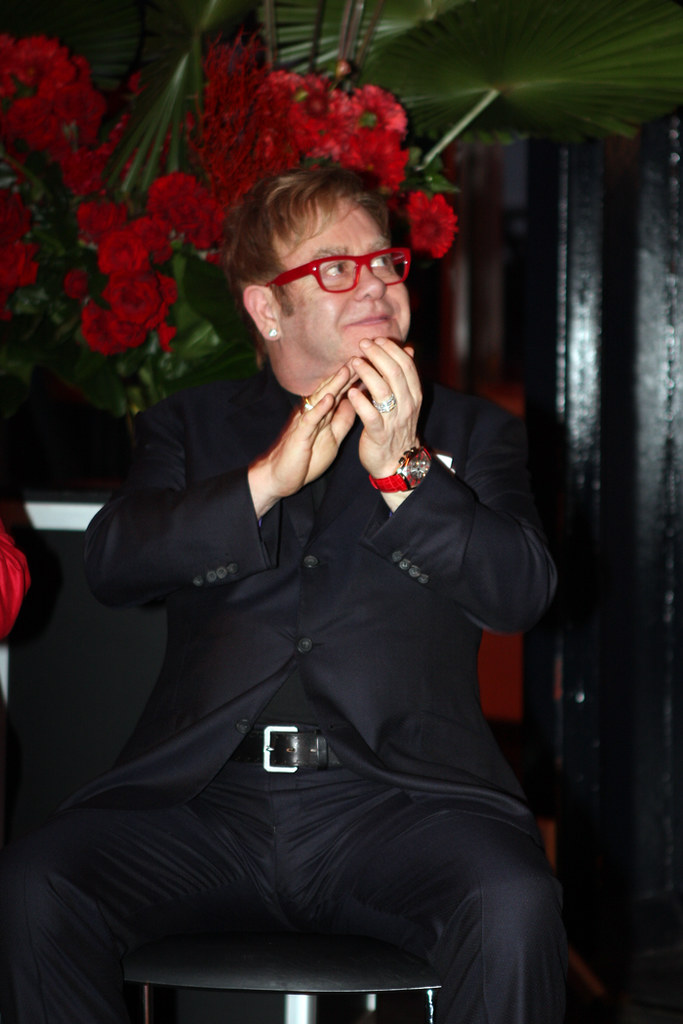
2. **A Vast and Nuanced Vault: The Scope of the Collection**
The Sir Elton John and David Furnish photography collection is nothing short of monumental, a testament to three decades of dedicated acquisition and a shared artistic vision. Amassed over a period exceeding thirty years, this vast vault comprises an astounding ‘over 7,000 note-worthy pieces of art,’ a figure that continually evolves as their passion for the medium shows no signs of waning. These images are not confined to a single gallery space but are intimately integrated into their lives, adorning the walls of their homes across three different countries.
This comprehensive collection offers a sweeping visual narrative, spanning a significant period ‘from 1950 to today,’ encompassing a vibrant cross-section of photographic history. Within its depths, the works of ‘140 photographers’ are celebrated, each contributing a unique voice and perspective to the rich tapestry of human experience captured through the lens. The sheer scale of the collection speaks to an unparalleled dedication, transforming their private residences into living museums, brimming with artistic dialogues and historical moments.
While the entire collection is a private treasure, significant portions have been shared with the public, offering invaluable insights into the history and evolution of photography. The ‘Fragile Beauty’ exhibition at the Victoria & Albert Museum, for instance, showcases ‘over 300 rare prints,’ meticulously selected from their extensive holdings. This presentation represents ‘the institution’s largest photography exhibition to date,’ underscoring the profound cultural significance and artistic merit recognized by leading curatorial bodies.
Such a vast and carefully assembled collection transcends mere accumulation; it embodies a sophisticated understanding of photography’s role as both art and historical document. It reflects a discerning eye capable of identifying seminal works and emerging talents, thereby contributing significantly to the broader appreciation and scholarship of the photographic medium. The enduring commitment to this ‘nuanced collection’ ensures its continued growth and impact, making it a cornerstone in the private art world and a recurring spectacle for public engagement.
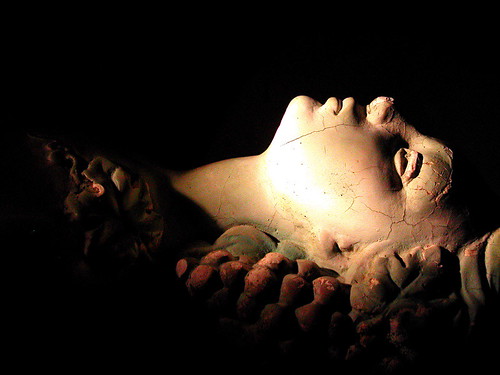
3. **”Fragile Beauty”: A Window into the V&A Exhibition**
At the heart of the current public appreciation for this extraordinary collection is the ‘Fragile Beauty: Photographs from the Sir Elton John and David Furnish Collection’ exhibition at London’s Victoria & Albert Museum. Billed as a ‘wonderful voyage through 20th and 21st century photography,’ this exhibition is more than just a display; it is a curated journey designed to immerse visitors in the depth and diversity of the couple’s artistic acquisitions. It shines a powerful light on a passion that has matured over decades, bringing previously unseen treasures into the public sphere.
The V&A’s decision to host this exhibition underscores its significance, featuring ‘over 300 rare prints’ meticulously chosen from the couple’s colossal archive. This is not a modest display, but rather a major cultural event, recognized as ‘the institution’s largest photography exhibition to date.’ It officially opened its doors in South Kensington on a Saturday, May 18th, inviting art enthusiasts and casual visitors alike to explore a collection celebrated for its unique character and artistic weight, with its run extending until January 5, 2025.
Duncan Forbes, a key curator behind ‘Fragile Beauty,’ eloquently encapsulates the essence of the exhibition, describing it as ‘a truly epic journey across the recent history of photography, and a celebration of Sir Elton John and David Furnish’s passion for the medium.’ This statement highlights the dual purpose of the show: to provide a comprehensive overview of photographic history while simultaneously honoring the personal dedication and discerning taste of the collectors. The title itself, ‘Fragile Beauty,’ hints at the delicate yet powerful nature of the images and the human stories they contain.
The exhibition represents a profound collaboration, building on a history of partnership that saw John and Furnish loan images by Horst P. Horst to the V&A back in 2014. This latest endeavor solidifies their commitment to sharing their passion, offering the public a rare opportunity to engage with modern and contemporary photography through the eyes of two highly influential and deeply knowledgeable patrons. It serves as a vibrant platform for education and appreciation, enriching the cultural landscape of London and beyond.
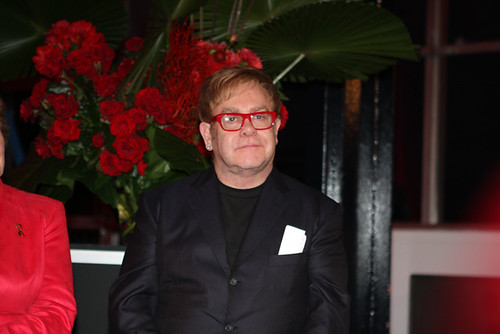
4. **Thematic Journeys: Unpacking the V&A’s Curatorial Vision**
The immense wealth of imagery within Sir Elton John and David Furnish’s collection demanded a thoughtful and structured approach for public display, a challenge expertly met by the V&A’s curatorial team. To navigate this vast artistic landscape, the exhibition ‘Fragile Beauty’ is ingeniously organized, initially across ‘eight thematic sections.’ These sections provide a crucial framework, allowing visitors to appreciate the diverse narratives and artistic approaches contained within the collection, rather than simply presenting a chronological sequence of images.
These initial thematic divisions encompass broad yet deeply engaging categories such as ‘fashion, reportage, celebrity, the male body, and American photography.’ Each theme serves as a window into different facets of human experience and photographic exploration, demonstrating the collection’s breadth and the collectors’ varied interests. From the curated elegance of haute couture captured on film to the stark realities documented by photojournalists, the exhibition guides the viewer through distinct visual worlds.
Further expanding on this organizational prowess, the V&A exhibition is also described as being ‘split… into nine rooms,’ each dedicated to a specific theme. These rooms include ‘Fashion, Stars of Stage, Screen and Studio, Desire, Reportage, The American Scene, Fragile Beauty, Constructed Images, Towards Abstraction and Collecting Now– a selection of their most recent purchases.’ This intricate structure reveals a sophisticated curatorial strategy designed to highlight connections, contrasts, and the continuous evolution of photography as an art form.
Duncan Forbes, the exhibition’s co-curator, sheds light on the exceptional depth of knowledge possessed by the collectors, stating that ‘Elton and David have a knowledge of photography that rivals most museum curators.’ This insight is particularly evident in the cohesive yet expansive thematic arrangement. Their deep engagement with the medium has not only shaped the collection but has also informed its presentation, ensuring that each thematic journey offers a rich and enlightening experience for every visitor.
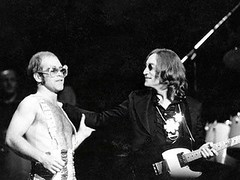
5. **Pioneers of Provocation: Robert Mapplethorpe and Nan Goldin**
Among the extensive roster of artists featured in the collection, Sir Elton John has singled out two photographers, Robert Mapplethorpe and Nan Goldin, as being of ‘overwhelming importance.’ These artists, known for their provocative and unflinching gazes into often challenging subjects, hold a special place in the collectors’ hearts, resonating with a deep understanding of art’s power to confront and illuminate. Their works, though sometimes controversial, embody a fearless pursuit of truth and beauty, even in the darkest corners of human experience.
Robert Mapplethorpe, who tragically died of AIDS in 1989, carved a distinctive path with his starkly composed, often sadomasochistic imagery, pushing boundaries and challenging societal norms. Nan Goldin, a powerful activist, extensively documented the HIV/AIDS crisis and the opioid epidemic, capturing raw, intimate portraits of vulnerability and struggle. Both artists, as Duncan Forbes explains, shared a ‘recognition that great art is often the product of struggle or vulnerability,’ a sentiment that directly inspired the exhibition’s evocative title, ‘Fragile Beauty.’
John’s connection to Goldin’s work is particularly profound. Around the time of his landmark solo concert in 1999, he acquired the entirety of Goldin’s multi-image installation, ‘Thanksgiving.’ This powerful series, which once dramatically covered the White Cube gallery in London from floor to ceiling, presented painful images of ‘drugs, AIDS, [and] debauchery.’ For John, these images were not just art; they were a mirror, ‘so reminded him of his own life.’ He revealed in the exhibition’s accompanying book, ‘I don’t think I’ve been moved by anything as much as when I saw that,’ underscoring the deeply personal impact of Goldin’s stark realism.
Their inclusion highlights a crucial aspect of the collection’s ethos: a willingness to embrace art that provokes thought, sparks dialogue, and confronts difficult realities. Through Mapplethorpe’s iconic ‘Self Portrait’ from 1985 or Goldin’s ‘Jimmy Paulette and Taboo! In the Bathroom’ from 1991, visitors are invited to witness the powerful intersection of art, personal history, and social commentary, affirming these photographers’ enduring legacy as artists who dared to look unflinchingly at the human condition.
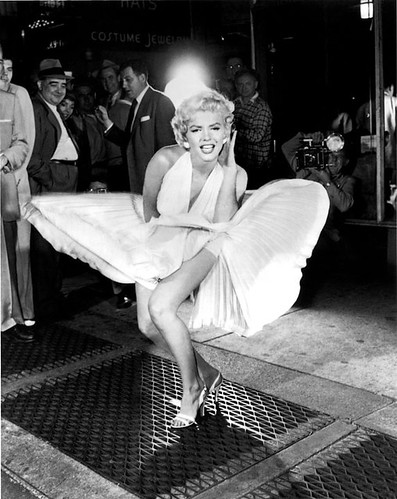
6. **The Icon and the Rocket Man: Marilyn Monroe’s Centrality**
In a collection rich with diverse narratives and iconic figures, Marilyn Monroe emerges as a ‘central figure’ within the ‘Fragile Beauty’ exhibition, her ethereal presence captured through multiple lenses. This enduring fascination with the legendary actress is deeply personal for Sir Elton John, whose own life and career have intersected with themes of public persona and inner vulnerability. The exhibition dedicates an entire wall to images of Monroe, underscoring her profound impact on both photographic history and John’s artistic sensibilities.
Among the highlights are three compelling images of Monroe, including iconic works by Elliott Erwitt, taken on the set of her 1961 film ‘The Misfits,’ and Bert Stern, whose photographs were shot just ‘six weeks before she died in 1962.’ These photographs, capturing different facets of her public and private self, offer a poignant glimpse into the life of an icon. John’s appreciation for Stern’s work, in particular, was revelatory; he had long been captivated by Monroe’s glamour but it was only through Stern’s lens that he truly grasped ‘how delicate and “beautiful” she was,’ seeing beyond the constructed image to the fragile humanity within.
John has often drawn parallels between Monroe’s carefully constructed public image and his own ‘exuberant Elton John persona,’ an ability to ‘turn on’ a dazzling stage presence. This shared experience of crafting and navigating a public identity deepens his connection to Monroe, making her a resonant subject within his collection. Her story, marked by both dazzling stardom and profound sadness, speaks to universal themes of fame, perception, and the toll of public life.
This personal resonance is further cemented in his musical tribute; in 1973, John recorded the timeless ballad ‘Candle in the Wind,’ dedicated to Monroe. The presence of her images, mounted with such prominence, serves as a visual counterpart to this musical homage, inviting viewers to reflect on the multifaceted legacy of an icon whose ‘fragile beauty’ continues to inspire and move generations, bridging the worlds of music, film, and photography within Elton John’s artistic universe.

7. **More Is More: The Maximalist Aesthetic of the Collection**
Sir Elton John and David Furnish’s personal photography collection is not merely an assemblage of individual works; it is an immersive environment, a lesson in what can only be described as ‘more is more’ maximalism. This aesthetic choice is deeply ingrained in their approach, much like John’s signature ‘rhinestone rimmed glasses and bedazzled blazers,’ reflecting a vibrant and unapologetically opulent personal style that extends to their art curation. The sheer volume and density of the display within their homes transform spaces into rich, layered visual narratives.
Co-curator Duncan Forbes observed that in their homes, photographs are ‘hung very high on the walls’ in an elaborate ‘salon style.’ This traditional yet visually arresting method of display creates a captivating tapestry of images, where black and white Richard Avedon portraits of The Beatles might hang alongside Joan Didion’s high fashion 2015 Celine campaign, shot by Juergen Teller, or a highly intimate ‘close up of John’s own bejewelled hands by Mario Testino.’ The effect is one of abundance and continuous discovery, where every glance reveals a new detail or juxtaposition.
This maximalist approach is indicative of their ‘personal taste and unique eye for photography,’ which has allowed them to assemble a truly ‘nuanced collection.’ It speaks to a profound belief that art should surround and enrich life, not merely be admired from a distance. Forbes eloquently describes ‘Fragile Beauty’ as ‘an intensely private collection taken into the public realm with an abundance of ‘personal meaning’ still attached,’ emphasizing that the display, even in a museum setting, strives to retain this intimate, almost overwhelming sense of personal connection and visual saturation.
The ‘more is more’ philosophy ensures that the collection remains dynamic and engaging. It’s a living, breathing entity that constantly interacts with its viewers, offering endless possibilities for interpretation and appreciation. This bold aesthetic choice, deeply embedded in the John and Furnish collection, challenges conventional notions of minimalist display, instead embracing a lavish visual feast that captivates and delights, truly mirroring the flamboyant and expansive spirit of its primary collector.
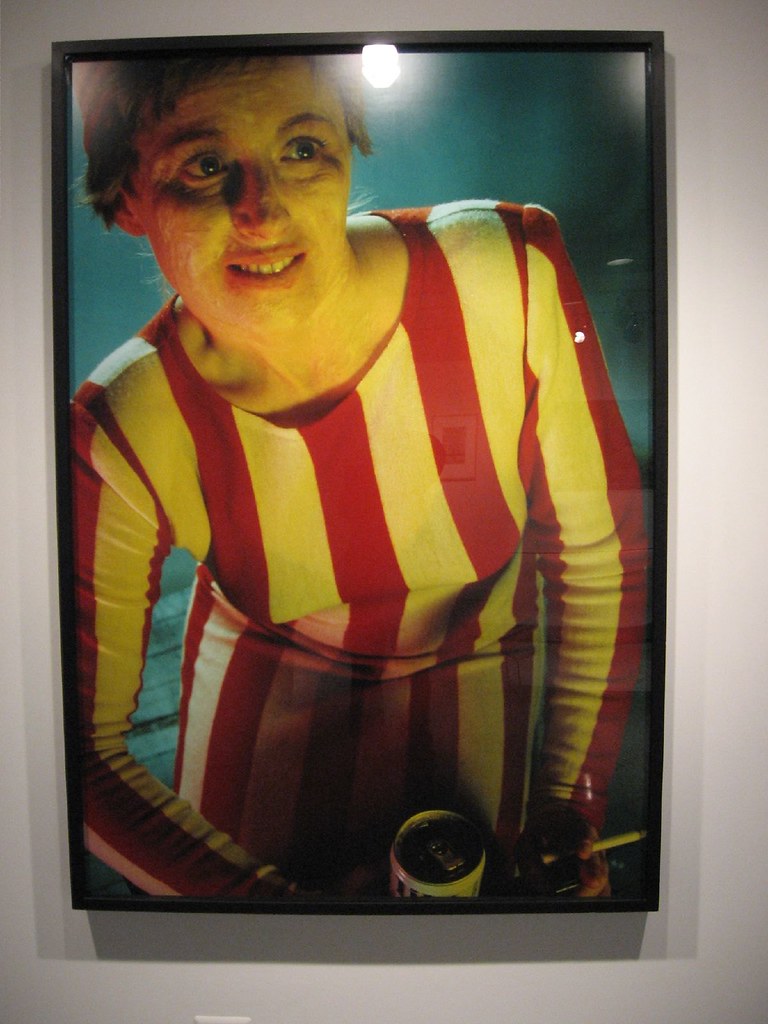
8. **The Narrative of Self-Discovery: Cindy Sherman’s Contribution**
Within the sprawling expanse of Sir Elton John and David Furnish’s photography collection, certain artists stand out as pivotal figures, not only for their immense artistic merit but for their profound impact on the medium itself. Among these luminaries is Cindy Sherman, an artist whose innovative approach to self-portraiture has carved an indelible mark on contemporary art. Her inclusion in the collection, specifically with an iconic piece like ‘Untitled Film Still #17′ from 1978, underscores the collectors’ appreciation for artists who challenge perception and explore the complexities of identity.
Sherman’s ‘Untitled Film Stills’ series, for which ‘Untitled Film Still #17’ is a quintessential example, saw her meticulously transform herself into a myriad of female archetypes inspired by classic Hollywood cinema, film noir, and B-movies. Yet, these are not true self-portraits in the traditional sense; rather, they are explorations of constructed identity, media representation, and the gaze. Each image presents Sherman in a staged scenario, evoking a sense of narrative suspense while simultaneously leaving the viewer to fill in the blanks, questioning the authenticity of the scene and the character portrayed.
Her work resonates deeply within a collection that consistently explores themes of human vulnerability, celebrity, and the artifice of public image—themes Sir Elton John himself has intimately navigated throughout his career. By featuring Sherman’s work, the collection not only highlights diverse artistic expressions but also engages with a critical commentary on the roles and expectations placed upon individuals, particularly women, in visual culture. It is a powerful example of how photography, in the right hands, can transcend simple documentation to become a sophisticated tool for social and psychological inquiry, offering layers of meaning for contemplation.

9. **Capturing Milestones: The Adam Fuss Portraits**
Beyond grand artistic statements and historical significance, the Sir Elton John and David Furnish collection also embraces intensely personal milestones, transforming art into a cherished record of their lives. A poignant illustration of this is the commissioned series of portraits of their sons, Zachary and Elijah, by the acclaimed British cameraless artist, Adam Fuss. These unique works serve as more than just family photographs; they are artistic celebrations of fatherhood, capturing the essence of their children’s nascent individuality through an innovative photographic process.
Adam Fuss is renowned for his experimental approach, often employing antique photographic techniques without a camera. For the portraits of Zachary and Elijah, Fuss immersed the infants in a giant steel basin of water, placing photographic paper beneath them. As the children moved, their silhouettes, suspended in water, were captured against a burnt orange background, creating ethereal and abstract images. This method eschewed conventional portraiture, instead focusing on light, form, and the fluid motion of life itself, offering a truly unique perspective on their sons.
These artworks, such as ‘Zachary’ from 2011, stand as a testament to John and Furnish’s desire to commemorate the most significant events in their lives through art. John has openly described parenthood as the “greatest decision” he has ever made, and these commissioned pieces are a tangible expression of that profound joy. They reflect a collector’s willingness to engage with art on a deeply emotional level, integrating personal narrative with avant-garde artistic practice, showcasing how photography can capture not just an image, but the very spirit of a moment and an individual.

10. **Photography as Solace and Home**
For Sir Elton John, photography transcended mere aesthetic appreciation; it evolved into a profound “companion” and a vital source of solace, particularly during periods when the public demands of his life became overwhelming. This deeply personal connection to his collection highlights how art can serve as an emotional anchor, creating a sanctuary where one can feel truly at home and find respite from the world’s pressures. His journey with photography began following a pivotal moment in 1990, after leaving rehab for cocaine use, when he discovered this ‘much healthier addiction,’ solidifying its role in his journey to sobriety.
As David Furnish eloquently shared with Russell Tovey in an interview for the ‘Fragile Beauty’ book, “Elton has had to create a world for himself where he feels at home.” This statement speaks volumes about the protective and comforting embrace of their art-filled residences. The photographs adorning their walls across three countries are not just decorative elements; they form a personal universe, a visual tapestry woven with moments of beauty, struggle, and resilience that resonates deeply with John’s own life experiences.
When the external world proved too challenging or chaotic, the quiet contemplation of these images provided a retreat, a space for reflection and emotional grounding. This profound interaction with art as a source of peace and stability underscores a universal truth about the human need for connection and belonging. For John, his collection became a steadfast friend, offering unwavering support and a constant reminder of the enduring power of human vision and creativity to uplift and sustain the spirit, demonstrating how art truly can look after its owner.
Read more about: Where Did They Go? Unearthing the Vanished Echoes in Toni Morrison’s ‘Beloved’ – An Enduring Literary Journey

11. **Intimate Connections: Personal Narratives within the Collection**
The Elton John and David Furnish collection is not solely a historical survey or a display of artistic prowess; it is also a profoundly intimate archive, weaving the couple’s personal narrative into the broader history of photography. Each acquisition often carries an emotional resonance, turning their homes into living museums filled with poignant memories and shared experiences. These deeply personal stories imbue the collection with an unparalleled warmth, making it a powerful testament to their journey together.
A particularly moving anecdote highlights this intimate connection: the evening John and Furnish first met at a mutual friend’s dinner party in 1993. They spent that formative night engrossed in Herb Ritts’s sensual 1984 photograph, ‘Fred with Tires.’ Furnish later recounted that this shared experience, this moment of artistic appreciation, provided him with the courage to come out as gay to his family and friends in Canada. The photograph became a symbolic touchstone, marking the beginning of their relationship and a significant personal liberation.
Duncan Forbes, co-curator of ‘Fragile Beauty,’ aptly describes the exhibition as an ‘intensely private collection taken into the public realm with an abundance of ‘personal meaning’ still attached.’ This observation underscores that even in a grand museum setting, the emotional weight and personal significance of each piece remain palpable. From the art that sparks courage to the commissioned portraits of their children, the collection is a vibrant tapestry of their shared life, demonstrating how art can be a catalyst for personal growth, a chronicler of love, and a mirror reflecting the most cherished moments of one’s existence.
Read more about: Nicole Kidman’s Ageless Wisdom: How Getting Older Helped Her Embrace Her True Self, Inside and Out

12. **A Spectrum of Vision: Beyond the Provocateurs**
While the ‘Fragile Beauty’ exhibition prominently features the challenging and introspective works of artists like Robert Mapplethorpe and Nan Goldin, the Sir Elton John and David Furnish collection is far from confined to a singular artistic sensibility. It proudly showcases a vast spectrum of photographic expressions, demonstrating a keen appreciation for diversity in theme, style, and historical context. The collection embraces both the profound and the playful, the high fashion and the deeply personal, presenting a holistic view of photography’s boundless capabilities.
Visitors to the V&A exhibition will encounter compelling narratives from various genres. Photojournalism is represented by powerful images such as Bruce Davidson’s ‘Black Americans’ from 1962, capturing moments of social gravity and historical change, and the viral image by Associated Press photographer Julio Cortez from the Minneapolis protests in 2020. These works stand alongside more whimsical or stylized pieces, ensuring a dynamic viewing experience that reflects “all sides of photography,” as John intended.
The collection also revels in the artistry of portraiture, extending beyond the iconic Marilyn Monroe to include a fascinating array of personalities and intimate glimpses. There is David LaChapelle’s whimsical ‘Elton John, Egg On His Face’ from 1999, which offers a playful self-referential moment, and the striking ‘Crying Men (Laurence Fishburne)’ by Sam Taylor-Johnson from 2022. Juxtaposed with these are high-fashion campaigns, such as Joan Didion’s 2015 Celine campaign shot by Juergen Teller, and an intimate close-up of John’s own bejewelled hands by Mario Testino, showcasing the breadth of John and Furnish’s collecting taste and their embrace of both celebrity and personal iconography. The presence of Yasumasa Morimura’s doctored image of Albert Einstein, mischievously sticking his tongue out, further illustrates the collection’s ability to balance serious contemplation with a delightful sense of humor and subversion, truly living up to its diverse billing.

13. **Educational Journeys: From Tate Modern to the V&A**
Sir Elton John and David Furnish’s commitment to photography extends beyond personal enjoyment; it encompasses a profound dedication to public education and the broader appreciation of the photographic medium. Their generous sharing of their collection through major institutional exhibitions serves as an invaluable cultural contribution, offering accessible pathways for audiences to engage with and learn about the history and evolution of photography. This public-spirited approach highlights a desire to foster deeper understanding and ignite passion in others, much like their own.
Their journey of public sharing is well-documented, beginning with a significant exhibition at the Tate Modern in 2016. Titled ‘The Radical Eye: Modernist Photography from the Sir Elton John Collection,’ this show focused on works dating between 1910 and 1950, presenting a dazzling parade of iconic images by masters such as Man Ray, Edward Steichen, and Irving Penn. It offered an encyclopedic survey of early 20th-century modernist photography, showcasing how artists were exploring photography as an artistic medium in its own right, developing a modern visual language through diverse styles and darkroom techniques.
The current ‘Fragile Beauty’ exhibition at the V&A, therefore, acts as a continuation, expertly “picking up where [the Tate Modern exhibition] left off,” spanning from 1950 to today. Duncan Forbes, curator of ‘Fragile Beauty,’ eloquently articulates the educational imperative behind these displays, stating that “Whether through the elegance of fashion photography, the creativity of musicians and performers, the exploration of desire, or the passage of history as captured by photojournalism, photography reveals something important about the world.” These exhibitions collectively provide an epic journey across recent photographic history, making complex artistic movements and personal stories accessible to a global audience and cementing the collection’s role as an educational powerhouse.
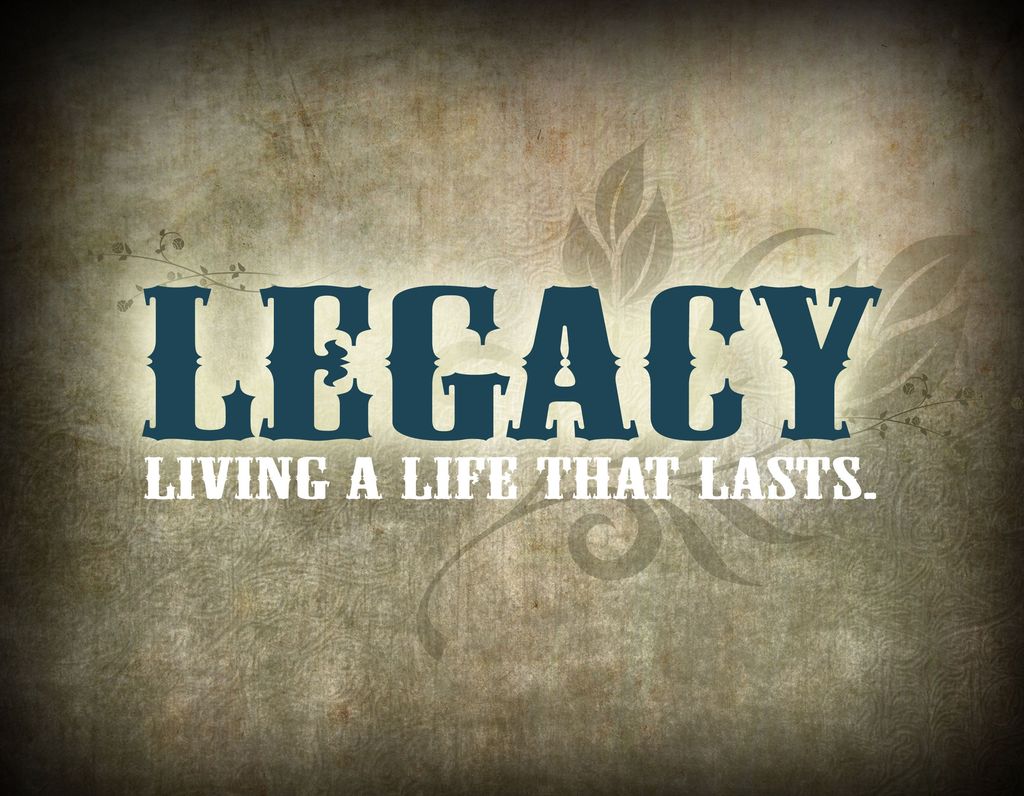
14. **The Enduring Legacy: Shaping Public Appreciation**
The Sir Elton John and David Furnish photography collection, a monumental endeavor spanning three decades and encompassing over 7,000 images, is poised to leave an indelible mark on the public’s understanding and appreciation of the photographic medium. Beyond the sheer scale and curatorial finesse, its true legacy lies in its capacity to bridge the gap between private passion and public enlightenment, enriching cultural dialogues and inspiring future generations of artists and collectors alike.
John himself articulates the profound responsibility that comes with collecting, likening it to parenthood: “you have to take care for photography. It’s like having a child. You have to protect it and love it and look after it.” This sentiment underscores the dedication required not just in acquiring art, but in preserving its provenance, analyzing its condition, and ultimately, ensuring its continued impact. Such meticulous stewardship guarantees that these fragile beauties, these captured moments of history and emotion, will endure for decades to come.
By generously sharing significant portions of their collection with institutions like the Tate Modern and the V&A, John and Furnish have democratized access to some of the most iconic and thought-provoking images of the 20th and 21st centuries. These exhibitions do more than simply display photographs; they present carefully constructed narratives that illuminate the power of the lens to document, provoke, and transcend. They offer a unique lens through which to view history, culture, and the human condition, fostering a deeper, more nuanced public appreciation for photography as a profound art form.
Read more about: Keanu Reeves: Unpacking the Enigma of Hollywood’s Most Authentic Icon, From Action Stardom to Motorcycle Maverick
Ultimately, the enduring legacy of this extraordinary collection confirms the visionary statement of pioneering Bauhaus photographer László Moholy-Nagy: that photography allows us to “see the world with entirely different eyes.” Through their unparalleled passion and commitment, Sir Elton John and David Furnish have not only assembled one of the most significant private photography collections in the world but have also ensured that its transformative power continues to educate, inspire, and shape the way we perceive our shared visual heritage for years to come. It is a gift to the world, a testament to art’s ability to transcend personal experience and become a universal language, forever inviting us to look closer and feel more deeply.



